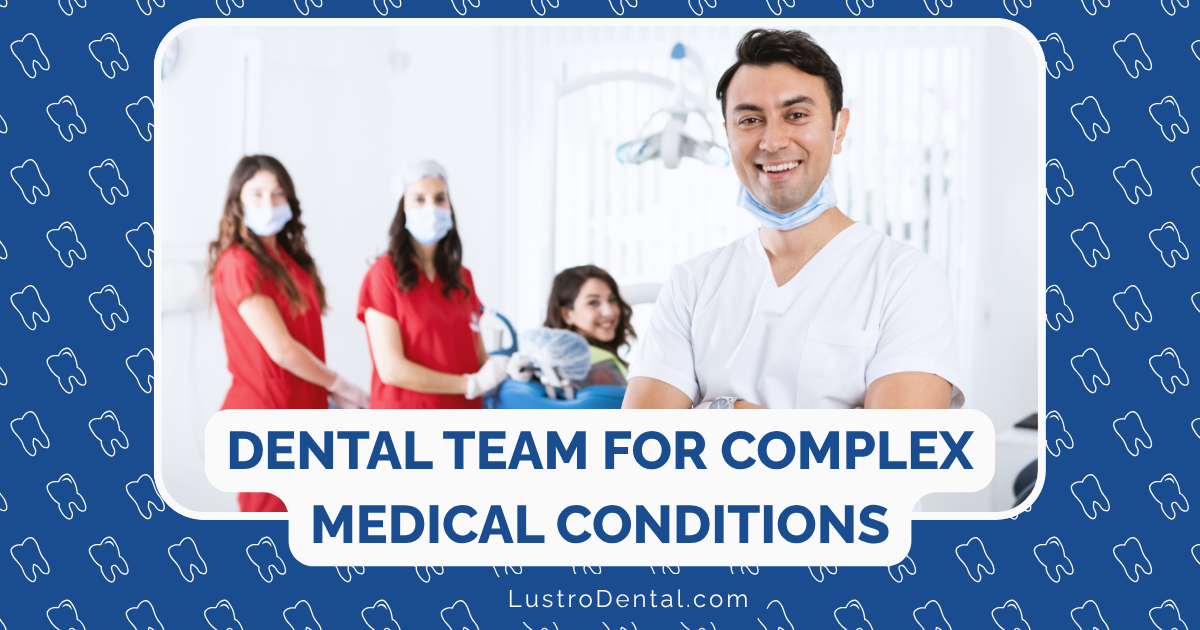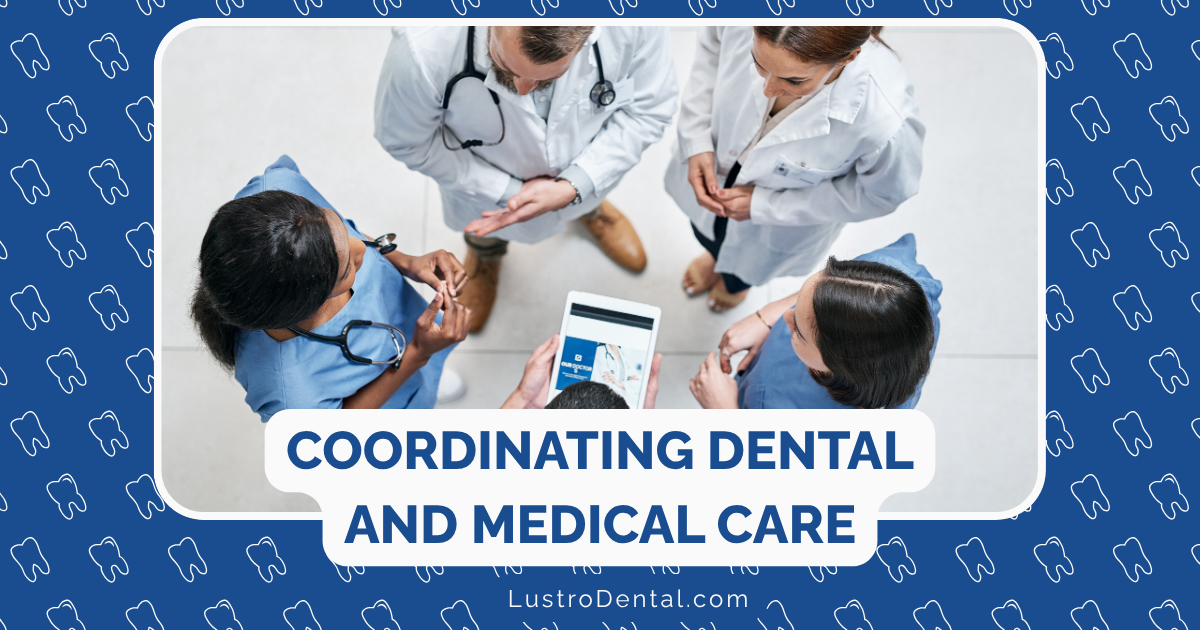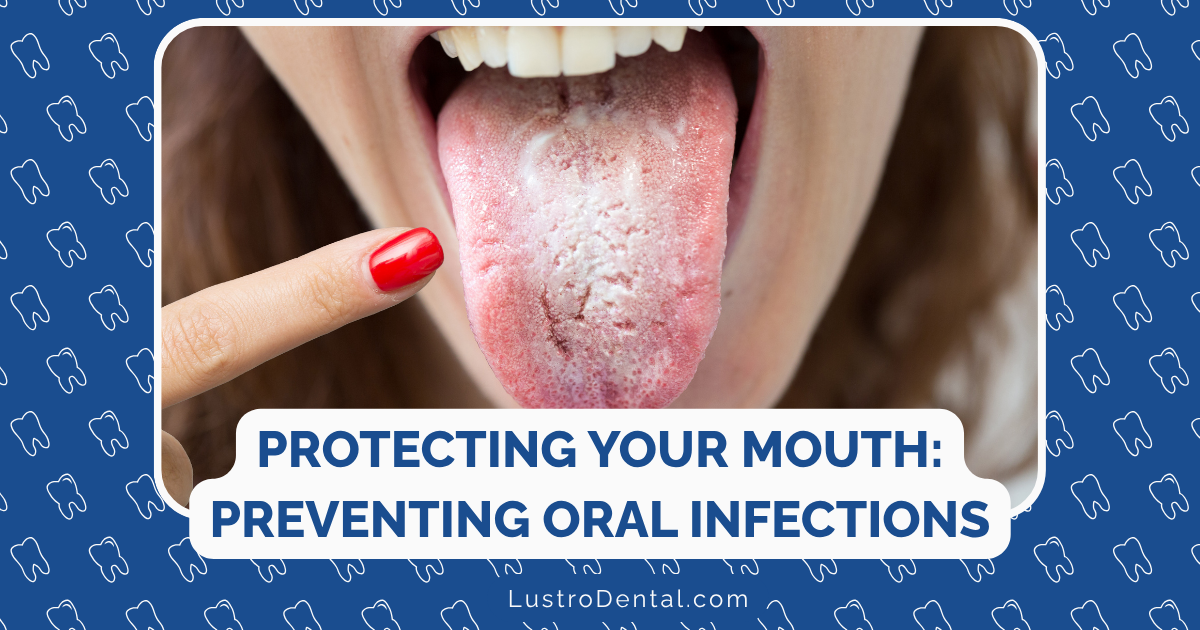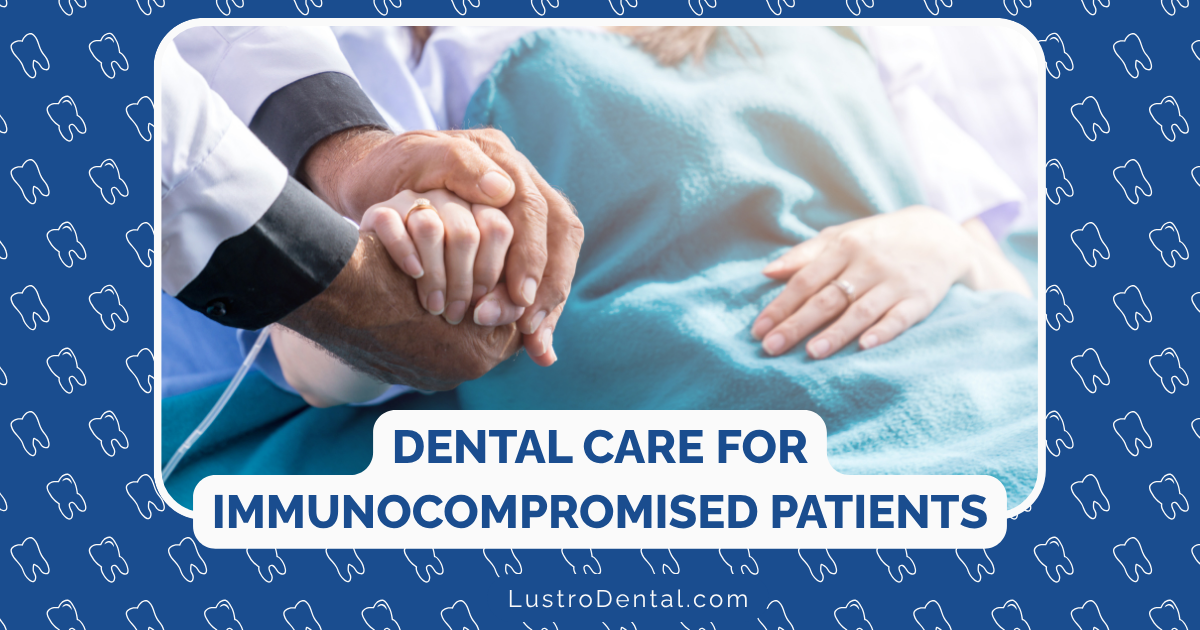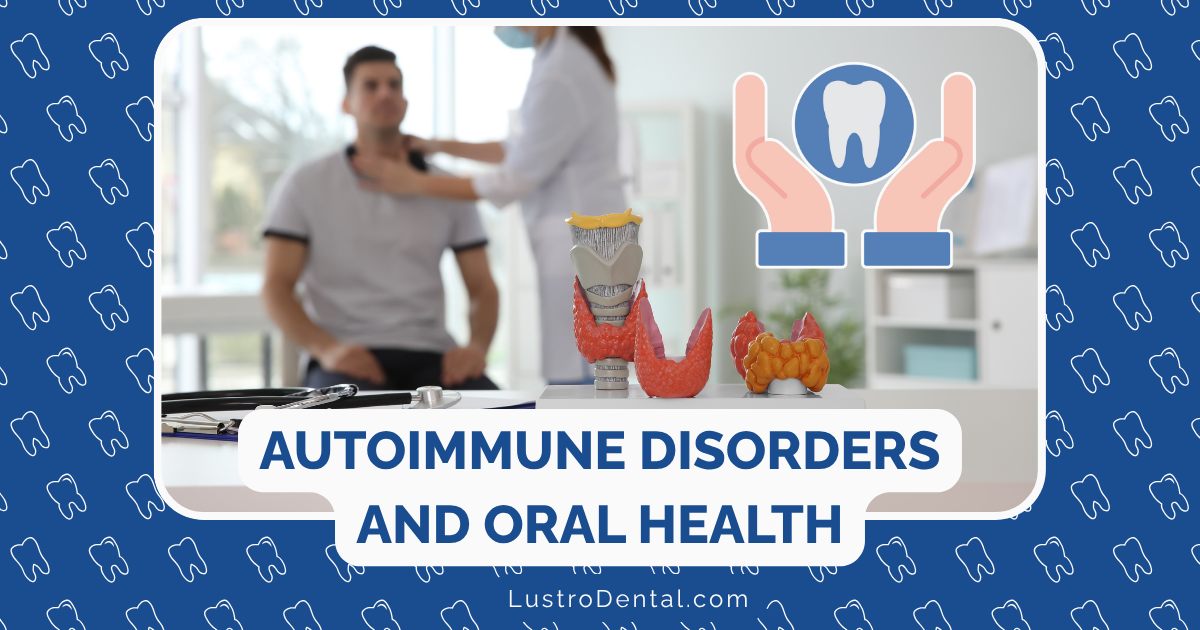Dental Adaptations for Patients with Respiratory Conditions
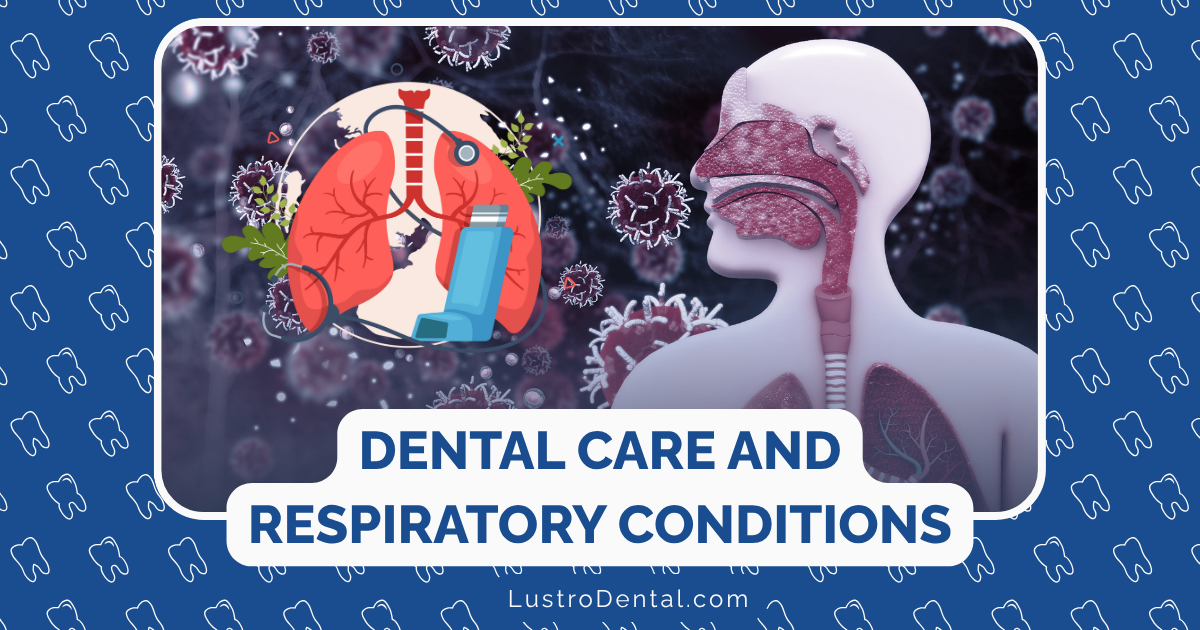
For the millions of Americans living with respiratory conditions, routine activities—including dental visits—can present unique challenges. According to research published in Science Direct, approximately 20 million adults in the United States have asthma, while around 14 million have Chronic Obstructive Pulmonary Disease (COPD). These numbers highlight the importance of dental professionals understanding how to adapt care for these patients.
The relationship between oral health and respiratory conditions is bidirectional: respiratory conditions can complicate dental treatment, while poor oral health may exacerbate respiratory issues. Studies have shown that bacteria from the oral cavity can be aspirated into the lungs, potentially worsening respiratory conditions or causing infections.
This comprehensive guide explores the necessary adaptations for providing safe, effective dental care to patients with respiratory conditions, helping both dental professionals and patients navigate these challenges successfully.
Understanding Common Respiratory Conditions in Dental Settings
Asthma
Asthma is a chronic inflammatory condition characterized by airway hyperresponsiveness and variable airflow obstruction. For dental professionals, it’s important to understand that:
- Asthma symptoms can be triggered by stress, anxiety, and certain chemicals or materials used in dental procedures
- The condition typically presents with wheezing, coughing, chest tightness, and shortness of breath
- Severity ranges from mild intermittent to severe persistent
- Medications commonly include short-acting bronchodilators (rescue inhalers) and long-term control medications (inhaled corticosteroids, long-acting bronchodilators)
Chronic Obstructive Pulmonary Disease (COPD)
COPD is a progressive lung disease that includes emphysema and chronic bronchitis, characterized by airflow limitation that is not fully reversible. Key considerations include:
- COPD patients often experience chronic cough, increased sputum production, and dyspnea (shortness of breath)
- The condition typically worsens over time and is primarily caused by smoking
- Many patients require supplemental oxygen, especially during exertion
- Medications may include bronchodilators, inhaled corticosteroids, and antibiotics for exacerbations
Other Respiratory Conditions
Additional respiratory conditions that may require dental adaptations include:
- Obstructive Sleep Apnea (OSA): Characterized by repeated episodes of upper airway obstruction during sleep
- Pulmonary Fibrosis: Scarring of lung tissue that causes progressive breathing difficulty
- Cystic Fibrosis: A genetic disorder affecting mucus production in various organs, including the lungs
- Bronchiectasis: Permanent enlargement of airways, often leading to chronic cough and sputum production
Pre-Treatment Considerations
Comprehensive Health Assessment
Before providing dental treatment to patients with respiratory conditions, a thorough health assessment is essential:
- Detailed Medical History:
- Specific respiratory diagnosis and severity
- Frequency and triggers of exacerbations
- Current medications and oxygen requirements
- Recent hospitalizations or emergency visits
- History of intubation or mechanical ventilation
- Consultation with Medical Providers:
- Medical clearance may be necessary for patients with severe or unstable respiratory conditions
- Coordination with pulmonologists for patients on complex medication regimens
- Understanding of the patient’s baseline respiratory status
- Assessment of Current Respiratory Status:
- Observation of breathing pattern and effort
- Monitoring of oxygen saturation (pulse oximetry)
- Evaluation of current symptoms
- Postponement of treatment if signs of active infection or exacerbation are present
According to the College of Dental Hygienists of Ontario, treatment should be postponed if respiratory conditions are severe or unstable, particularly if the patient has an acute respiratory infection or oxygen saturation below 91%.
Adaptations for Dental Treatment
Patient Positioning and Comfort
One of the most critical adaptations for patients with respiratory conditions involves proper positioning during treatment:
- Chair Position:
- Semi-upright or upright positioning (45-90 degrees) to facilitate breathing
- Avoidance of supine positioning, which can increase respiratory distress
- Frequent position adjustments as needed for patient comfort
- Breathing Accommodations:
- Allow patients to bring portable oxygen tanks to appointments
- Ensure adequate space for oxygen equipment
- Modify rubber dam use or avoid entirely if it obstructs breathing
- Provide breaks as needed to use inhalers or catch breath
- Comfort Measures:
- Extra pillows for support and positioning
- Blankets for warmth (cold air can trigger bronchospasm in some patients)
- Clear communication about position changes
Research published on ResearchGate emphasizes that patients with COPD and asthma require working in a vertical position, as they may not tolerate lying down during dental procedures.
Appointment Scheduling and Duration
Strategic scheduling can significantly improve the dental experience for respiratory patients:
- Timing Considerations:
- Schedule appointments for late morning or early afternoon when respiratory function is typically optimal
- Avoid early morning appointments when mucus accumulation may be greater
- Plan appointments during seasons when respiratory symptoms are typically less severe
- Duration Adaptations:
- Shorter appointments to reduce fatigue and stress
- Multiple short visits rather than one long session
- Buffer time between procedures to allow for rest
- Emergency Scheduling:
- Prioritize urgent dental needs to prevent complications
- Flexible scheduling during periods of respiratory stability
Medication Considerations
Understanding medication interactions and implications is crucial for safe dental treatment:
- Corticosteroid Concerns:
- Patients on systemic corticosteroids may require supplemental doses before stressful dental procedures
- Long-term steroid use may increase infection risk and delay healing
- Consultation with the patient’s physician regarding steroid coverage
- Local Anesthetic Considerations:
- Use caution with vasoconstrictors, particularly in patients with unstable asthma
- Be aware that sulfite preservatives in some local anesthetics may trigger asthmatic reactions
- Consider anesthetics without epinephrine for high-risk patients
- Medication Timing:
- Ensure patients have taken their regular respiratory medications before appointments
- Ask patients to bring rescue inhalers to every appointment
- Be aware of signs of medication toxicity (e.g., theophylline toxicity can cause anxiety and cardiac arrhythmias)
Anxiety Management
Anxiety can trigger or worsen respiratory symptoms, making management essential:
- Non-Pharmacological Approaches:
- Clear communication about procedures
- Relaxation techniques (guided breathing, progressive muscle relaxation)
- Distraction methods (music, television)
- Establishing stop signals to give patients control
- Pharmacological Options:
- Conscious sedation with appropriate agents (benzodiazepines may be suitable)
- Avoid barbiturates and narcotics, which can cause respiratory depression
- Nitrous oxide may be used cautiously in mild to moderate asthma but is contraindicated in severe cases
- Low-dose anxiolytics may be prescribed in consultation with the patient’s physician
According to research published in PMC, dental anxiety can trigger asthmatic attacks, making anxiety management techniques essential in preventing respiratory emergencies.
Procedural Modifications
Aerosol and Irritant Management
Respiratory patients may be sensitive to aerosols and irritants commonly generated during dental procedures:
- Aerosol Reduction:
- High-volume evacuation during procedures
- Use of rubber dam when tolerated to reduce aerosol spread
- Consider hand instrumentation instead of ultrasonic scaling when appropriate
- Pre-procedural antimicrobial mouth rinses to reduce bacterial load
- Material Considerations:
- Minimize use of materials with powder components (e.g., alginate impressions)
- Avoid scented products that may trigger respiratory symptoms
- Be cautious with products containing known asthma triggers (e.g., methacrylates in some dental materials)
- Air Quality:
- Ensure adequate ventilation in treatment rooms
- Use air purification systems when possible
- Avoid using cleaning products with strong odors during patient visits
Specific Procedure Adaptations
Different dental procedures may require specific modifications:
- Restorative Procedures:
- Consider quadrant dentistry to reduce appointment length
- Use cordless handpieces when possible to improve positioning flexibility
- Ensure frequent suctioning to prevent aspiration of water or debris
- Periodontal Therapy:
- Consider manual scaling instead of ultrasonic instruments
- Divide full-mouth debridement into multiple appointments
- Use antimicrobial adjuncts to reduce the need for mechanical instrumentation
- Prosthodontic Considerations:
- Modify impression techniques to accommodate breathing difficulties
- Consider digital impressions when available to reduce material use
- Design removable prostheses to maximize airway space
Emergency Preparedness and Protocols
Despite preventive measures, respiratory emergencies can occur in dental settings. Preparedness is essential:
Recognizing Respiratory Distress
Early recognition of respiratory distress allows for prompt intervention:
- Warning Signs:
- Increased respiratory rate
- Use of accessory muscles for breathing
- Nasal flaring
- Inability to speak in complete sentences
- Anxiety or restlessness
- Cyanosis (bluish discoloration of lips or fingernails)
- Decreased oxygen saturation (below 92%)
- Condition-Specific Signs:
- Asthma: Wheezing, coughing, chest tightness
- COPD: Increased shortness of breath, change in sputum color or amount
Emergency Response Protocols
According to Pocket Dentistry, having clear protocols can save lives:
- Immediate Actions:
- Discontinue dental treatment
- Position patient upright to facilitate breathing
- Administer oxygen if available (2-4 L/min via nasal cannula or mask)
- Assist patient with rescue medication (e.g., albuterol inhaler)
- Asthma Attack Management:
- Help patient use their rescue inhaler (2-4 puffs)
- Reassess after 5-10 minutes
- If no improvement, repeat inhaler use
- For severe attacks, consider epinephrine administration (0.3-0.5 mg subcutaneously)
- Call emergency services if symptoms persist or worsen
- COPD Exacerbation Management:
- Administer supplemental oxygen cautiously (target saturation 88-92%)
- Help with bronchodilator medication if available
- Call emergency services for severe symptoms
- Emergency Equipment:
- Oxygen delivery system
- Pulse oximeter
- Bronchodilator medications
- Epinephrine
- Oral airways
- Emergency contact information
The Oral-Respiratory Health Connection
Understanding the bidirectional relationship between oral health and respiratory conditions can improve patient outcomes:
Impact of Oral Health on Respiratory Conditions
Research published in PMC highlights the connection between oral bacteria and respiratory disease:
- Aspiration Mechanism:
- Oral bacteria can be aspirated into the lungs
- Periodontal pathogens may contribute to respiratory infections
- Poor oral hygiene increases the bacterial load available for aspiration
- Inflammatory Pathway:
- Periodontal disease-associated inflammation may exacerbate lung inflammation
- Inflammatory mediators from periodontal disease may enter circulation and affect the lungs
- Chronic inflammation may reduce lung function over time
Preventive Strategies
Maintaining optimal oral health is particularly important for patients with respiratory conditions:
- Enhanced Oral Hygiene:
- More frequent professional cleanings (3-4 month intervals)
- Tailored home care instructions
- Antimicrobial mouth rinses when appropriate
- Power toothbrushes to improve plaque removal
- Medication Management:
- Advise patients to rinse mouth after using inhaled corticosteroids
- Recommend saliva substitutes for medication-induced dry mouth
- Consider fluoride supplementation to prevent caries
- Patient Education:
- Explain the oral-respiratory connection
- Emphasize the importance of oral hygiene in preventing respiratory complications
- Provide specific instructions for managing oral side effects of respiratory medications
Collaborative Care Approach
Optimal care for patients with respiratory conditions requires collaboration between healthcare providers:
Interprofessional Communication
- Medical Consultation:
- Regular communication with pulmonologists and primary care providers
- Shared treatment plans and medication lists
- Documentation of consultations and recommendations
- Coordinated Care:
- Alignment of dental treatment with respiratory disease management
- Scheduling dental care during periods of respiratory stability
- Consideration of antibiotic prophylaxis when recommended by medical providers
- Patient Advocacy:
- Helping patients navigate the healthcare system
- Providing documentation of oral health status for medical providers
- Advocating for dental care as an essential component of overall health
Special Considerations for Specific Populations
Pediatric Patients with Respiratory Conditions
Children with asthma and other respiratory conditions require additional considerations:
- Developmental Aspects:
- Age-appropriate communication about procedures
- Involvement of parents in care planning
- Awareness of potential dental developmental issues associated with respiratory conditions
- Behavioral Management:
- Non-pharmacological approaches when possible
- Careful selection of sedation methods when necessary
- Positive reinforcement techniques
Elderly Patients with Respiratory Conditions
Older adults with respiratory conditions may have complex health needs:
- Comorbidity Management:
- Consideration of multiple health conditions
- Awareness of polypharmacy and potential interactions
- Modified treatment planning based on functional status
- Accessibility Adaptations:
- Scheduling to accommodate transportation needs
- Allowing extra time for transitions and positioning
- Consideration of portable equipment for home-bound patients
Conclusion: Optimizing Dental Care for Respiratory Patients
Providing dental care to patients with respiratory conditions requires thoughtful adaptations, but with proper planning and modifications, these patients can receive safe, effective treatment. The key elements include:
- Thorough assessment of respiratory status before treatment
- Appropriate positioning to facilitate breathing
- Careful scheduling and appointment duration management
- Medication awareness and management
- Anxiety reduction strategies
- Emergency preparedness and clear protocols
- Recognition of the oral-respiratory health connection
- Collaborative care with medical providers
By implementing these adaptations, dental professionals can ensure that patients with respiratory conditions receive the oral healthcare they need without compromising their respiratory health. This not only improves oral outcomes but may also contribute to better respiratory health and overall quality of life.
Do you have a respiratory condition that has affected your dental care? Share your experiences or questions in the comments below to help others navigating similar challenges.


